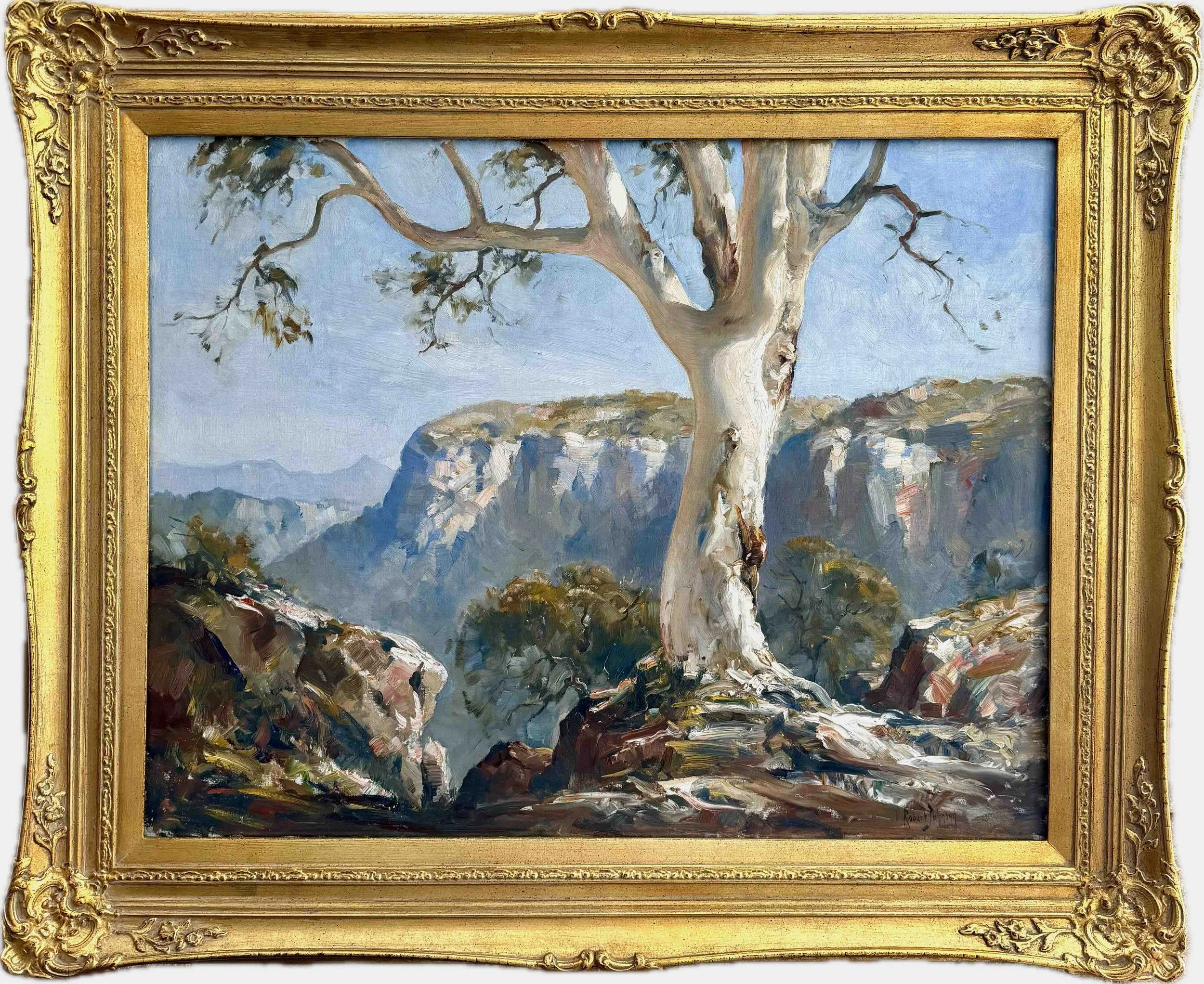BIO | Wallace Anderson
William Wallace Anderson (1888-1975), sculptor, was born 20 January 1888 at Dean, Victoria, twin son and third child of William Anderson, farmer and later member of the Legislative Assembly, and his wife Helen Glover, née Naples, both Victorian born. Sent to Geelong College (1902-03), Wallace studied engineering at nearby Gordon Technical College (1904-05) where he also took modelling-classes at night with J. Tranthim-Fryer. In Melbourne about 1914 he attended night-classes for life-drawing, given by Charles Richardson at the Victorian Artists Society, and for drawing at the National Gallery schools, while teaching by day at Sunshine Technical School.
In 1915 Anderson enlisted in the Australian Imperial Force. He was 5 ft 8 ins (173 cm) tall, with a fresh complexion, hazel eyes and brown hair. On 6 May 1916 at Scots Church, Melbourne, he married Gladys Ada Andrews with Presbyterian forms, before embarking in July for England. He served in France as a lieutenant in the 23rd Battalion. In April 1918 he was appointed museums officer and sculptor to the A.I.F; he was based in the Australian War Records Section, London, with sculptors William Bowles and Web Gilbert. Anderson toured battlefields in France, Egypt and Palestine, making models of the landscape and gathering records for use in later works. After the war he attended Chelsea Polytechnic. In 1920 he returned to Melbourne and continued his job, with the Australian War Museum, producing models, dioramas and sculpture in an annexe of the Exhibition Building. From 1930 he engaged in private practice as a sculptor. Moving to Canberra, he worked for the Australian War Memorial in 1944-46. When he returned to Melbourne he taught modelling for a short period at Footscray Technical College, but by 1947 had resumed his own work, though he ceased large-scale sculpture.
Anderson had produced a number of bronze war memorials and memorial portraits for Melbourne and for Victorian country towns. One of the earliest was 'Spirit of Anzac' (1928), situated in Johnstone Park, Geelong. His most famous work is that of Simpson and his donkey (1935), which he completed after winning a competition conducted by the Victorian Division of the Australian Red Cross. Anderson's fee was £350; the cast, made by the Chiurazzi Foundry, Naples, Italy, cost £40. The work stands at the Shrine of Remembrance, Melbourne, and has become well known as a symbol of the Anzac tradition.
In 1937 Anderson completed a life-sized, bronze statue of King George V for Geelong. Between 1939 and 1945 he executed a series of nine busts of Australian prime ministers for the Botanic Gardens, Ballarat. One of his last public works, a figure of a soldier in bronze, completed about 1950, stands as the war memorial outside the Box Hill Town Hall.
Having first shown with the Victorian Artists Society in 1915, Anderson exhibited regularly with it from 1921 to 1936, with the Australian Sculptors' Society in 1933, with the Victorian Sculptors' Society in 1949, and with the Australian Academy of Art in 1939 and 1943. He also exhibited at the Bread and Cheese Club (of which he was a member) in 1940 and 1946, and held one-man shows in Melbourne at Tye's Gallery (1953) and the Joshua McClelland Print Room (1967). Predeceased by his wife, Anderson died on 7 October 1975 at Geelong and was cremated. His son and two daughters survived him.
Written By Ken Scarlett for the Australian Dictionary of Biography





